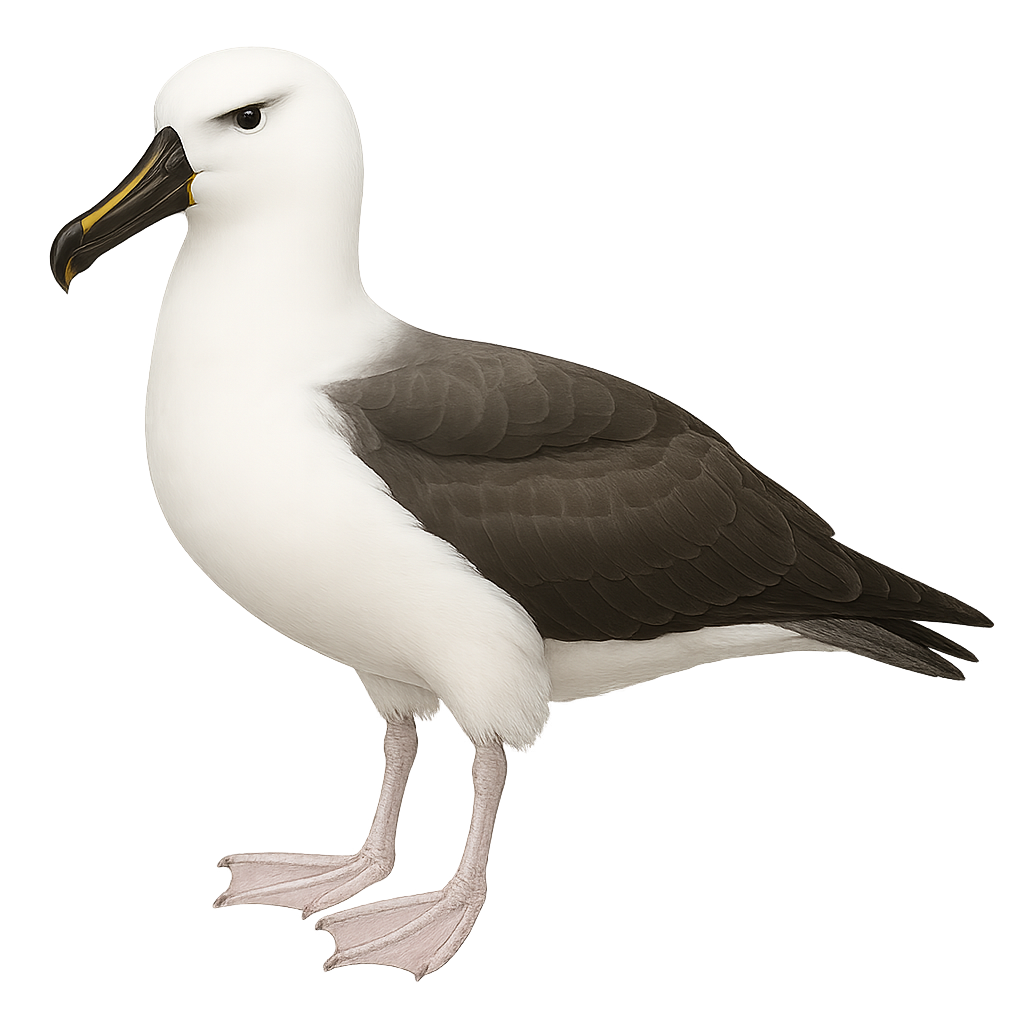Your wildlife photography guide.
Explore the atlantic yellow-nosed albatross in detail, study its behavior, prepare your shots.
Where to observe and photograph the atlantic yellow-nosed albatross in the wild
Learn where and when to spot the atlantic yellow-nosed albatross in the wild, how to identify the species based on distinctive features, and what natural environments it inhabits. The WildlifePhotographer app offers tailored photography tips that reflect the atlantic yellow-nosed albatross’s behavior, helping you capture better wildlife images. Explore the full species profile for key information including description, habitat, active periods, and approach techniques.
Atlantic Yellow-nosed Albatross
Scientific name: Thalassarche chlororhynchos

IUCN Status: Endangered
Family: DIOMEDEIDAE
Group: Birds
Sensitivity to human approach: Suspicious
Minimum approach distance: 20 m
Courtship display: September to November
Incubation: 68-72 jours
Hatchings: November to January
Habitat:
Ocean, islands, cliffs
Activity period :
Primarily active during the day, with peak activity in the morning and late afternoon.
Identification and description:
The Atlantic Yellow-nosed Albatross, Thalassarche chlororhynchos, is a medium-sized seabird known for its bright yellow bill and long, narrow wings. It has predominantly white plumage with dark wings and a grey head. This albatross breeds mainly on islands in the South Atlantic, forming dense colonies. It is renowned for its long gliding flights over the ocean, using air currents to travel vast distances with minimal effort. Although an excellent navigator, it is threatened by longline fishing and marine pollution.
Recommended lens:
400mm – adjust based on distance, desired framing (portrait or habitat), and approach conditions.
Photography tips:
To photograph the Atlantic Yellow-nosed Albatross, it is advisable to use a 400mm lens or longer to capture detailed images without disturbing the bird. The best opportunities arise during its gliding flights over the ocean. Try to capture the albatross in mid-flight, using a fast shutter speed to freeze the motion. Natural lighting conditions, such as sunrise or sunset, can add a beautiful ambiance to your photos.
The WildlifePhotographer App is coming soon!
Be the first to explore the best nature spots, track rutting seasons, log your observations, and observe more wildlife.
Already 1 431 wildlife lovers subscribed worldwide

